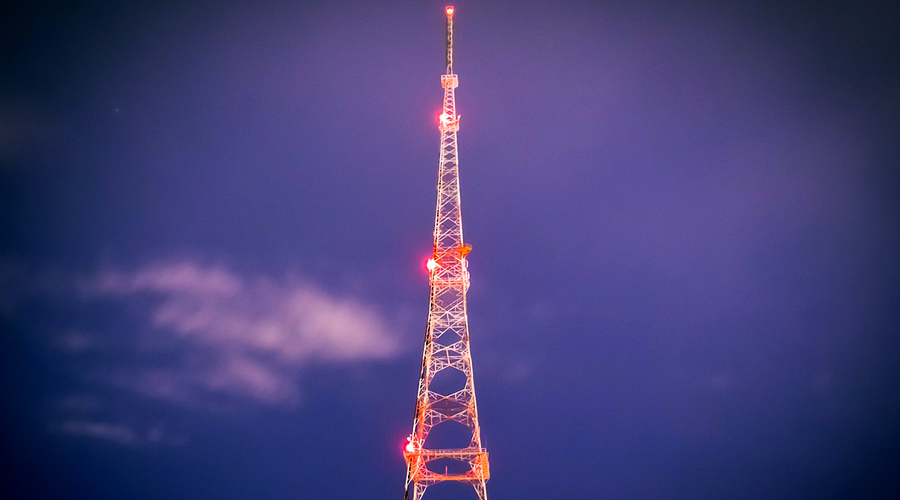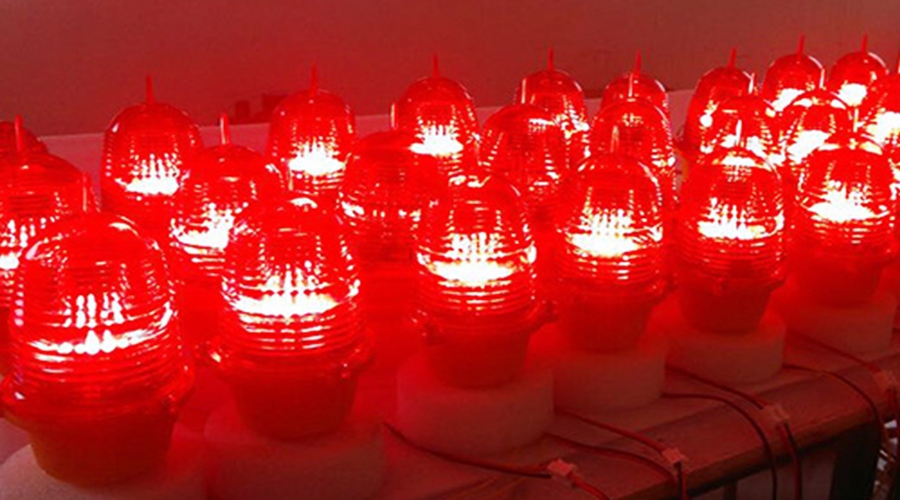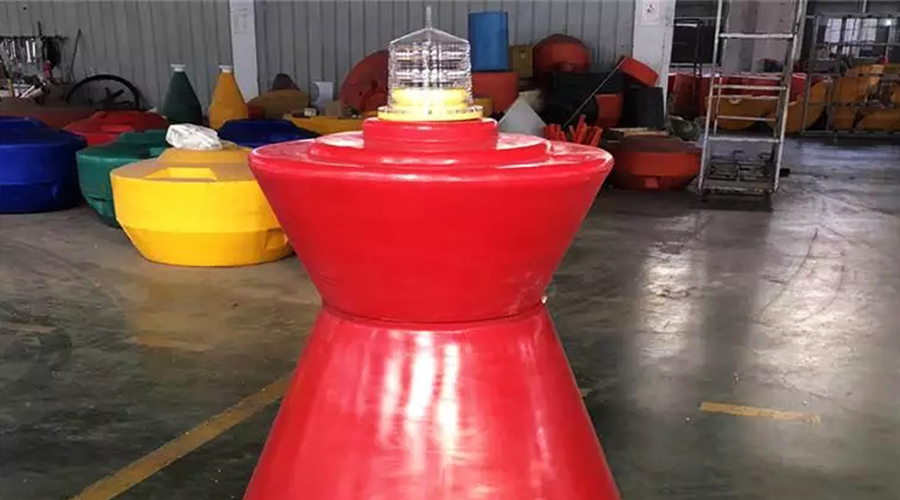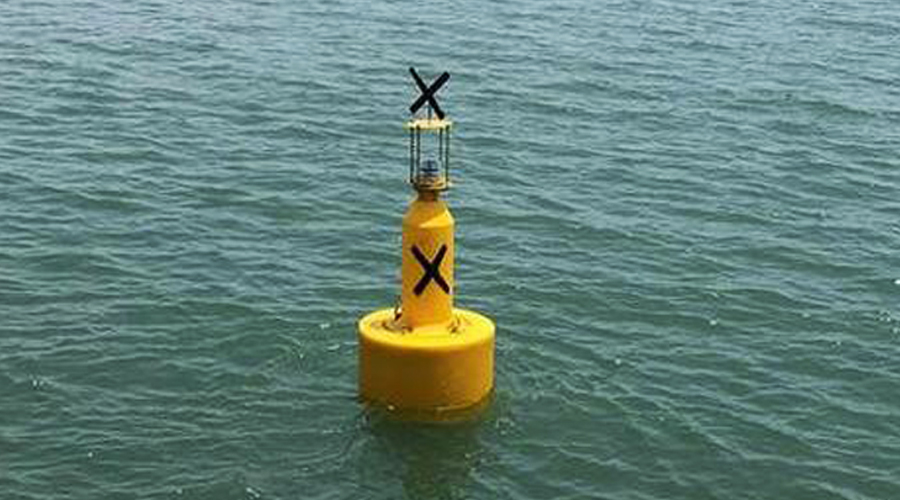Solar low-intensity obstruction light is a lamp that marks obstacles up to 45 meters (about 147 feet). This type of lamp has the advantages of low power consumption, easy installation, and efficient use of solar energy.
It usually meets the relevant standards of the International Civil Aviation Organization (ICAO) and the Federal Aviation Administration (FAA) of the United States and is suitable for obstacles with a height of no more than 45 meters, such as telecommunications towers and other installation scenarios.
Working Principle of Solar Low-intensity Obstruction Light
Working principle of solar warning lights mainly includes the following aspects:
1) Solar panels:
The top of the lamp is usually equipped with a solar panel, which uses photovoltaic technology to convert sunlight into electrical energy. During the day, it absorbs sunlight and converts it into current for charging.
2) Battery:
The lamp is equipped with a rechargeable battery inside, usually a lithium battery or a lead-acid battery. After charging during the day, the generated electricity is stored in the battery for use at night.
3) LED light source:
At night, the solar LED lights automatically senses light, and the battery releases the stored electricity to drive the LED lamp to emit light. LED lights have the characteristics of low power consumption, high brightness and long life, and are suitable for low-intensity obstruction lights.
4 ) Light sensor & control circuit:
The device is equipped with a light sensor that can monitor changes in ambient light. When the light drops to a certain level, the control circuit automatically turns on the light to ensure that the lamp can work normally at night or in low visibility.
5) Energy-saving mode:
Some solar low-intensity obstruction warning lights also have an energy-saving mode that can adjust the brightness according to ambient light conditions or fixed time periods, thereby extending working hours and improving energy efficiency.
This design makes the solar low-intensity obstruction light not only environmentally friendly, but also easy to install and maintain, and is very suitable for marking aviation obstacles and other structures that require warnings.
Available Range
- Obstacles up to 45 meters in height
- Buildings
- Towers
- Chimneys
- Bridges
- Crane
- Mines




